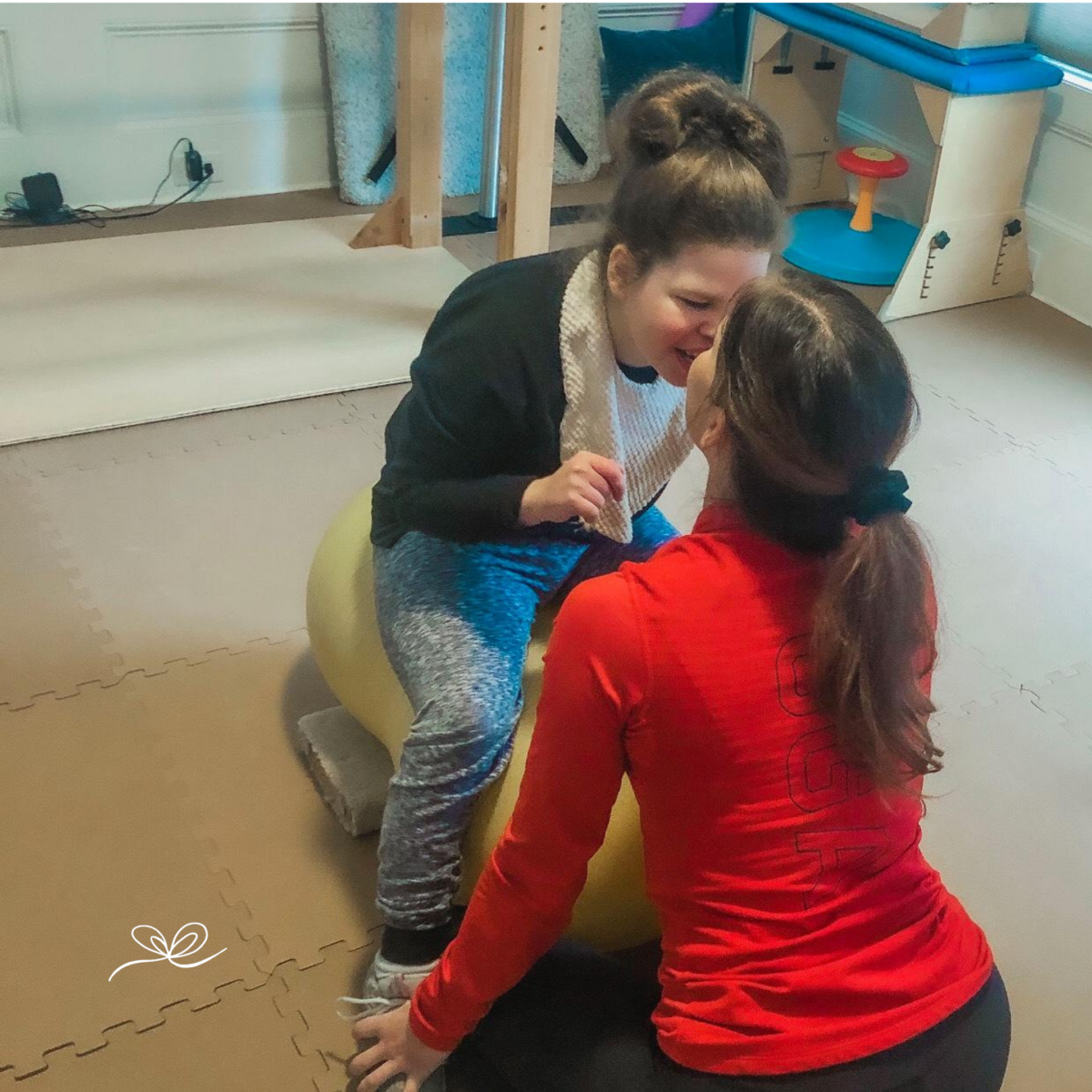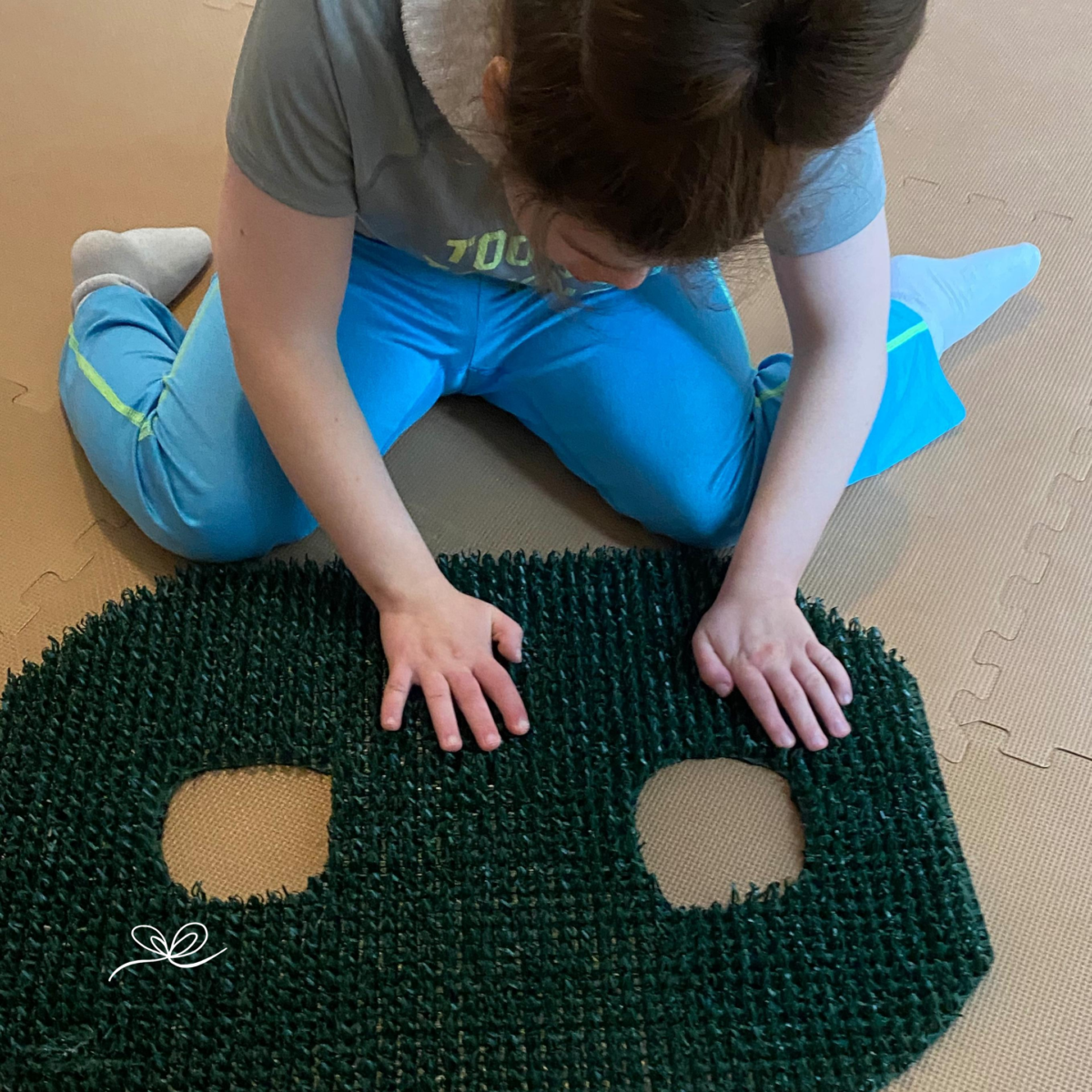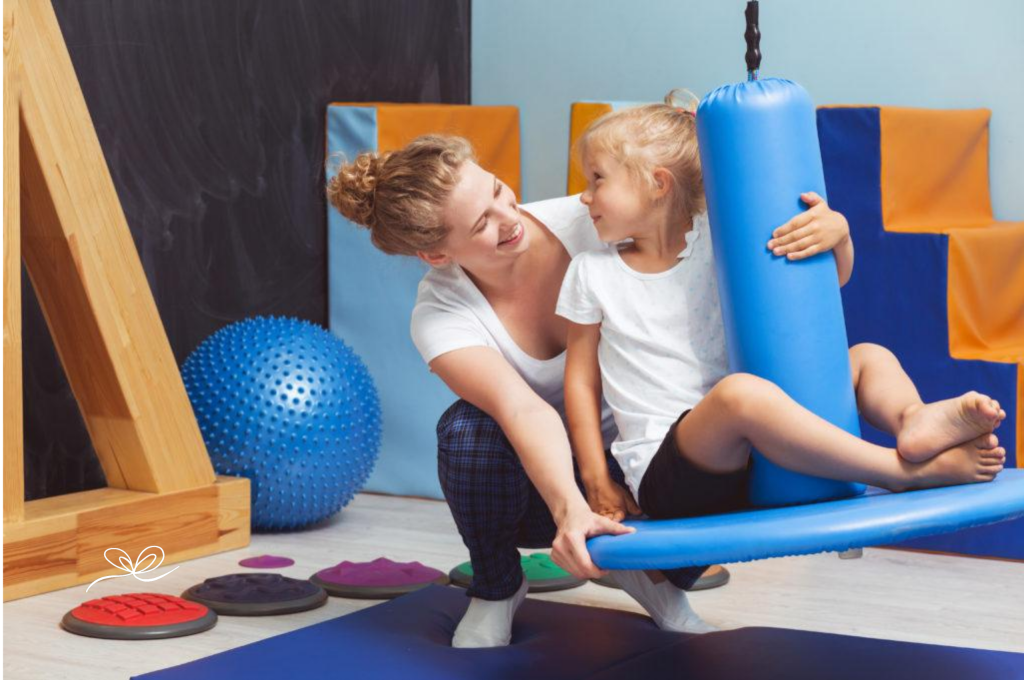Hypersensitive vs hyposensitive
Everybody has a unique way of processing information that our environment gives us, most of the time we process this information and react accordingly without realizing what we are doing.
Sensory processing is the term we use to describe the way the central nervous system receives information from the environment and the body, processes it and gives it meaning, then initiates a response to it. Typically, this is done automatically and subconsciously but, some children process information differently and sometimes inefficiently which can lead to an overreaction to a situation or no reaction at all.
Working in the school system, I am lucky enough to have an “office” that is also a “sensory room”! These rooms are typically installed by companies and offer everything you could ever need to provide the perfect sensory calming/stimulating environment. While these rooms are AMAZING and can be built in
home, they tend to be rather expensive but creating your own sensory room is possible once you understand exactly what you need!
Snoezelen is a company that specializes in sensory rooms and equipment and is a great resource for getting ideas!
over, under, or seeking
When a child shows abnormal responses to sensory information this can be classified as them having a “sensory processing disorder” which is usually broken down into subtypes.
Hypersensitive
These kiddos are sometimes referred to as being “sensory defensive”, they process sensations as being too intense and can appear to be fearful and cautious, avoidant, or negative and defiant if there are
activities that they have trouble tolerating.
hyposensitive
Children who are hyposensitive are under stimulated by sensory information and may react with less intensity. Oftentimes these kids are harder to arouse, withdrawn because they do not detect the sensory information their environment is providing them. They may play roughly with others or with toys, have a high pain tolerance, and may not recognize when they bump into others while walking.
sensory seeking
Kids who are sensory seeking crave more intense sensory input. They may be constantly moving, crashing into things, spinning, jumping, they may also touch everything they see including people. Sometimes these sensory processing differences can be present without affecting the child’s ability to
participate in daily life. Everyone has his or her own quirks. If they do begin to interfere, there are ways to address each subtype!


5 sensory seeking activities
1. Rocking
A rocker does not have to be fancy; it can be a therapeutic rocker, a typical child’s rocker, or even your lap. Rocking stimulates the vestibular system, which tells your body where it is in space and greatly contributes to balance. How you rock and use rocking when dealing with sensory processing is VERY important when trying to calm or stimulate.
Calming:
If your child is HYPERSENSITIVE the calming techniques are what you need.
-Slow rocks
-Rhythmic
-Rock the chair slowly for them
-Add a weighted lap blanket
Stimulating–
If your child is HYPOSENSITIVE you will choose stimulating techniques.
-Faster rocking motions
-Unpredictable movements
-Have them use their feet to rock themselves.
2. Therapy Balls
Therapy balls (yoga balls) are great! They are easy to find and come in a range of sizes and colors, so finding your child’s best fit is easy! “Peanuts” are a therapy favorite, they are more slender in the middle and won’t roll away as easily. Therapy balls target the vestibular system as well as proprioception. Your proprioceptive sense tells you where your body is in relation to itself. For example, is your hand by your side or raised up over your head? Proprioception can also tell you how much pressure or strength you are using, as in how hard
your hand is pressing against the wall.
Calming:
-Have your child lay on the ground, lay the ball on their back and squish them beneath the ball.
-Sit on top of the ball and move in gentle circles.
Stimulating:
-Sit on the ball and bounce
-Lay over the ball on your stomach with your hands on the ground and press into the ground.
3. swinging
Swinging is great for waking up the vestibular system! Typical outdoor playground swings work great or you can therapeutic swings indoors!
Therapy swings come in a variety of styles (platform, bolster, cuddle) which makes finding what fits your child’s needs easy. There are also full support swings for children who may be non-ambulatory and require assistance to sit.
A variety of swings can be found on Amazon!
Much like rocking, swinging can be calming or stimulating.
Calming:
-Slow rhythmic movements
Stimulating:
-Faster movements
-Spinning
4. lights
Encourage the visual system, with sensory processing disorder lights can be calming or stimulating depending on the color, brightness, movement.
Calming:
Soothing lights (twilight turtle , lava lamp, fiber optics) can be very soothing especially when paired with soothing music. You can combine this with slow swinging or rocking as well.
Stimulating:
Bright lights (color changing lights, and disco ball lights) are perfect for visual stimulation.
Lighting paired with upbeat music is a great stimulating technique.
5. scents
Aromatherapy is a simple way to provide calming or stimulating scents to your child. Diffusers are a great option but they also have necklaces or jewelry that oil can be put on. This would be a great option for your child to wear in public, to school, anywhere a diffuser can travel. The scents in a diffuser can also be used together with lighting, music, and a movement to create the perfect calming or stimulating environment!
Calming:
-Lavender
-Bergamot
-Chamomile
-Jasmine
Stimulating:
-Orange
-Peppermint
Sensory processing is something constantly happening within the body, some children do it subconsciously while others may need a little help regulating themselves. Knowing the difference in hypersensitive, hyposensitive, and sensory seeking is the first step, after that choose appropriate activities and create the best environment for your kiddo!
activity related supplies:





